Fit and Fifty+
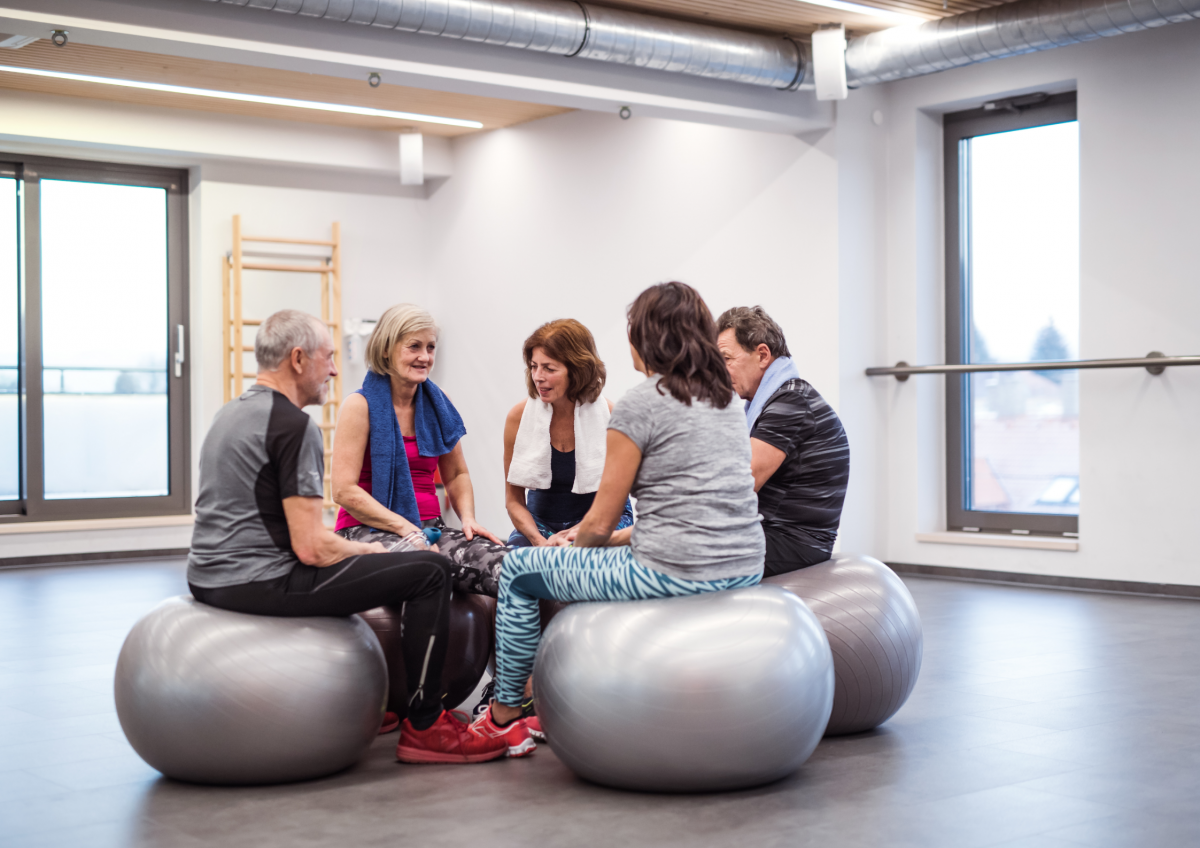

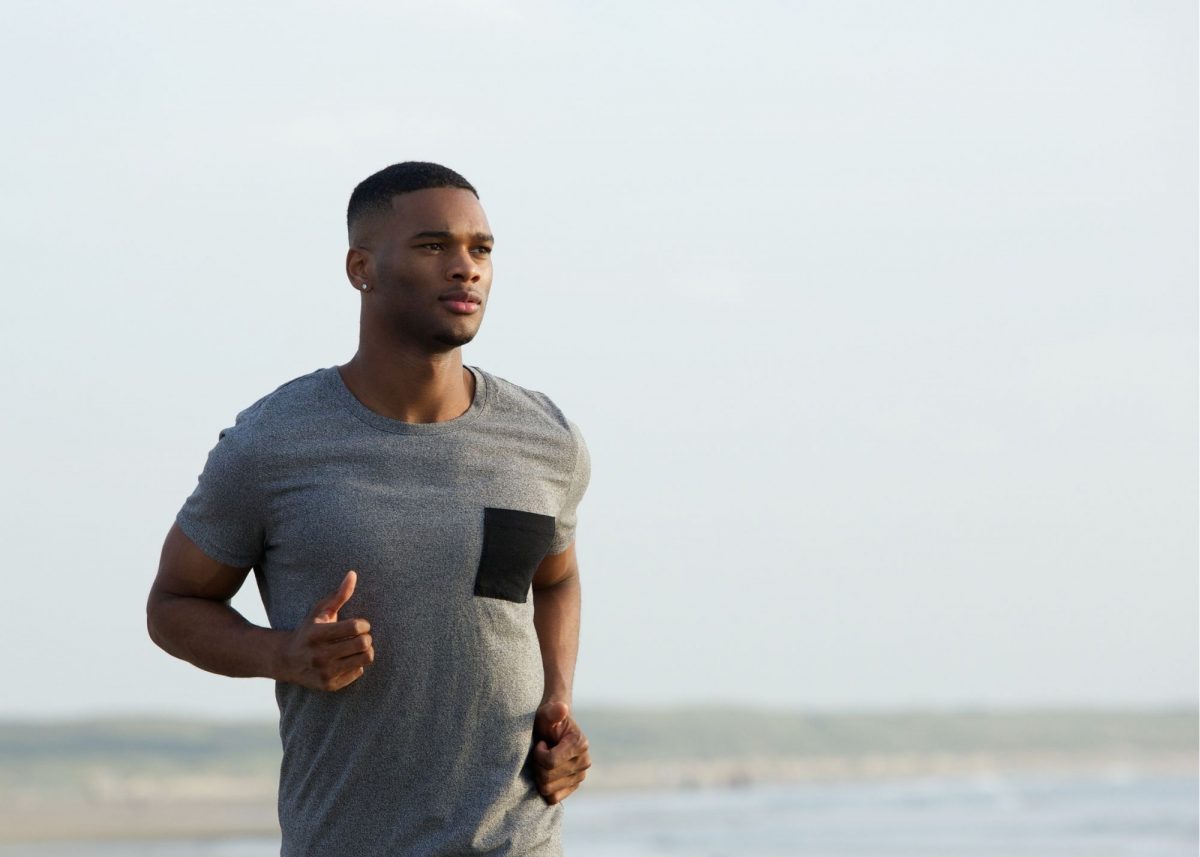
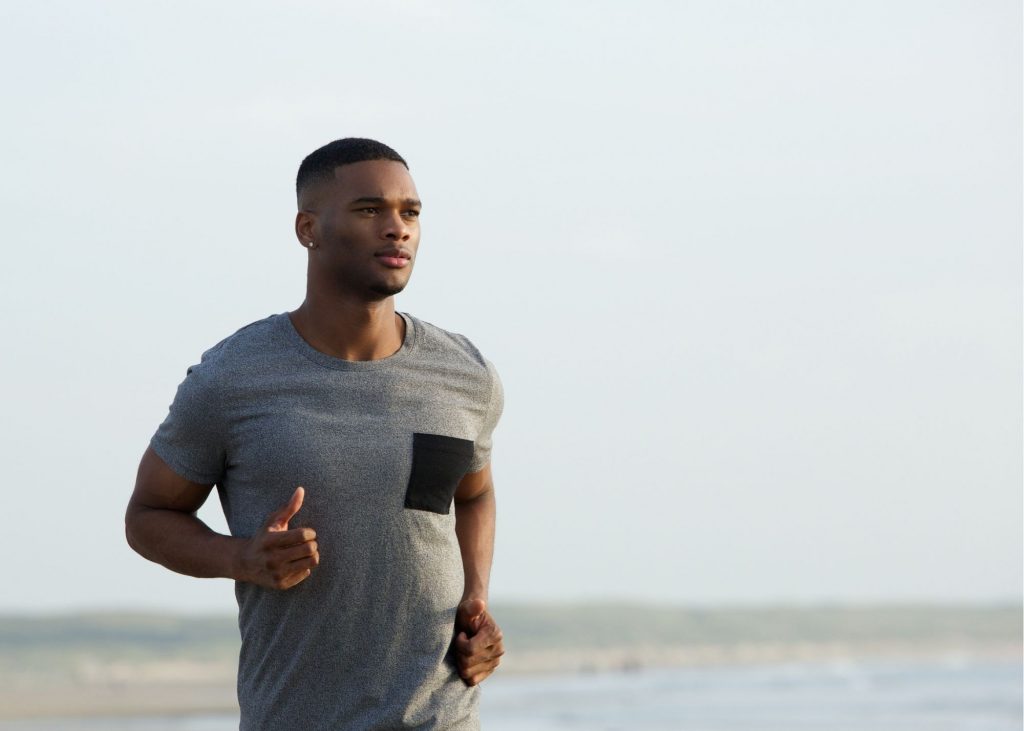
Starting your health journey can be overwhelming and daunting, so we have outlined a step-by-step guide to get you on your way:
Before starting on any journey, you want to know where to begin. Doing a comprehensive health assessment helps identify some risks, frame realistic goals, and set a benchmark from where you are beginning (that is your baseline measures).
The assessments that are recommended are:
You can calculate these using our online tools. These measurements enable you to identify if you are at a higher risks of health issues like cardiovascular disease / heart conditions or type 2 diabetes.
Secondly, look at your past injuries – have you strained any muscles, broken bones, have joint or muscle pain. When starting an exercise program, these injuries can get in the way of your progress, and if left untreated, an exercise program could exacerbate the problem further.
Conducting a baseline assessment for strength, flexibility and aerobic endurance, which is repeatable after your exercise program, is a great way to see if your training program has been effective and how far you have come. Seeing if the assessment is relevant to your goal can often be a challenge. With some research, or a chat with an allied health practitioner, you can soon identify what is appropriate. If you are a beginner, a push-up test, wall squat and plank are simple assessments that are easy to do and measure, and are a great way to begin. Generic advice has often been, ‘go to the gym’ or ‘go for a run.’ Although, you may think, ‘what do I do at the gym?’, ‘why am I doing it?’, or ‘am I doing it correctly?’ Take time to analyse your own skill level and rank it from beginner, intermediate or advanced. This process determines how much support you may need in developing your skill-set.
When done correctly, goal setting can be a significant motivating factor and keep you focused. Thinking about what you want to achieve, and more importantly, why you want to achieve it, will create motivation. There is no right a wrong goal; and goals could certainly be improved or tweaked over time. Some examples of common goals are:
Once you have your goal, think about your why. Answering the why helps you create motivation and gives you a purpose and drives you forward in the moments where you feel like you cannot do it anymore. No one else needs to see this, but be authentic about this.
For example:
Goal: I want to lose weight to feel healthier and I do not want to put my health at risk.
Why:
Next, ask yourself on a scale of 0 – 10, how committed am I to this goal? If it is a 1 – 6, you may likely do it for a short period of time. If it is a 7 and above, it is likely that you would be more committed. Changing your goal from a ‘nice to have’ to a ‘must-have’ is the key. Once you have your goal and your ‘why’, double-check that it is a SMART (specific, measurable, achievable, realistic, time-framed) goal with a why.
For example:
I want to reach 72 kg in the next 6 months so that I can feel strong and healthy and engage in more activities with my children.
Now that you are hopefully motivated, and have a goal that drives you forward, clearly defining when you reach your goal is essential as it gives you an anchor point. You can distinguish if you are getting closer or further away, and if you do achieve these milestones, you have something to celebrate!
Step 3 is broken down into three parts of internal reflection and how will I get there, exercise, nutrition and mindfulness and checking with a health practitioner. You will want to develop a develop a tailored program that is applicable to your goals.
When planning on how to achieve your goals, you do not have to have all of the answers – part of your plan could involve researching how to get there. Checking your capacity to achieve the goal is a step that is often overlooked. Do you have the time, finances, skill-set and resources to accomplish your goal? Are you realistic about your capacity and your starting point? You do not have to rush your goal, you can take baby steps.
Some questions you could ask yourself:
Think about and obstacles in advance, such as ‘I have a gym membership, but do I know what to do on the machine?’, ‘I have an injury’, ’Is this exercise ok for me to do, or will it cause more pain?’ After you find your obstacles, think about ways that you can overcome them.
Think about how you would achieve your goals and if it falls within your capacity, example:
Finally, create your programs in 6-week blocks, this way, you have an end date to see if you are closer to your goal. Re-doing your assessments again after your 6-week block will make sure you are tracking and getting closer to your goal. 6 weeks block are a good time frame as they have been shown to be the minimal amount of time for neural programs to be established and muscles to recondition in response to load.
A health program ideally has three components – exercise, nutrition and mindfulness.
Exercise programming is essential and is based on your goal. Programs can range from strength building, weight loss to cutting weight (for body builders). As this piece is aimed at beginners, the best advice is to do something you enjoy, instead of it feeling like a chore. If it is enjoyable, you are more likely to engage with it. Also, start with realistic times in a week that you will engage in physical activity rather than having goals like, ‘I will exercise 3 hours a day, 7 days a week to get my six-pack’. Start with a few times a week for 30 minutes and one of those days could incorporate a leisurely walk.
Research has shown that weight loss specifically, a large component has to do with diet. Become familiar with the Australian guidelines for healthy eating and build healthy habits. A strategy that has been shown to be effective is keeping a diet diary. Instead of journaling your food take pictures of everything you eat and drink for three weekdays and the weekend. Having a visual representation of what you have eaten over the course of the week gives you insight into your portion size, how much junk food you are having and gives you a benchmark of where you are starting from.
Mindfulness tends to get overlooked, however as we become more aware of our mental health and its benefits. Mindfulness can take many forms such as meditation, journaling your progress and feeling or writing your goals down daily. Do what helps you best and helps you remain centred and focused on your goal.
Now that you have baseline health assessment, your goal, and your plan, check it with a health practitioner like a doctor, physiotherapist, exercise scientist, or personal trainer. This process ensures that you are not putting yourself at risk and the journey you are about to embark on is safe for you, most importantly. Speaking to a health practitioner will also highlight if the strategy you have outlined in reaching your goal is the best way forward. It is worth noting that allied health practitioners (physiotherapists, personal trainers etc.) would be able to conduct an assessment, help you identify goals and develop a plan to help you achieve your goal. You do not have to do it all on your own, and you can be assured you are getting the right advice.
Having a support network has multiple benefits, such as keeping you accountable and motivated. It enables you to express and share your journey and troubleshoot your problems and barriers and have people around you who can share your accomplishments. If you do not have a support person or group, think about some less conventional options like:
Now that you have done all the preparation work – you are ready to begin your health journey. This day can be confronting and you may be experiencing some fear and anxiety. If so, break the task down into smaller manageable tasks
Day 1 – Go to the gym and park the car outside and leave
Day 2 – Go to the gym, park the car and walk inside. Pretend like you forgot something and walk back out.
Day 3 – Go to the gym, park the car and walk inside , get on the treadmill and walk for 5 mins, then pretend like you got a call and walk out.
Keep building on the previous day’s success and move forward until you feel comfortable. It’s important to develop a growth mindset to try and push beyond your comfort zone. If you do nothing, nothing will change. The current recommendation for maintaining fitness is a minimum of 3 sessions of moderate intensity exercise per week.
We recognize that the hardest part of any exercise program is the 2 or 3 weeks after you start the program. The body takes time to adapt and you will need to rely on your resilient mindset to get you over that hurdle. If you still find that you have a barrier, see what support systems you could tap into, or speak to someone like a psychologist or counsellor. Having a personal trainer can be very helpful as they provide you with one-on-one support and encouragement.
So, it has been 6 weeks since you have started your program, and it’s time to do your re-assessment. Do the same baseline test as you did at the beginning of the program and see how far you have come. Are you closer to your goal or further away? After your first 6-week block, you could go through the 6 steps again and refine your goals and strategy. During this re-assessment, reflect on how things have gone over the six weeks. What went well? What could we improve upon? What can I celebrate? The more you engage in the process, the more you will find what works for you and what keeps you engaged and motivated. Take all these factors and incorporate them into your next 6-week blocks. From Tier 1 Training, we would like to wish you good luck on your health journey, and if there is anything we can do to assist you, please contact us.
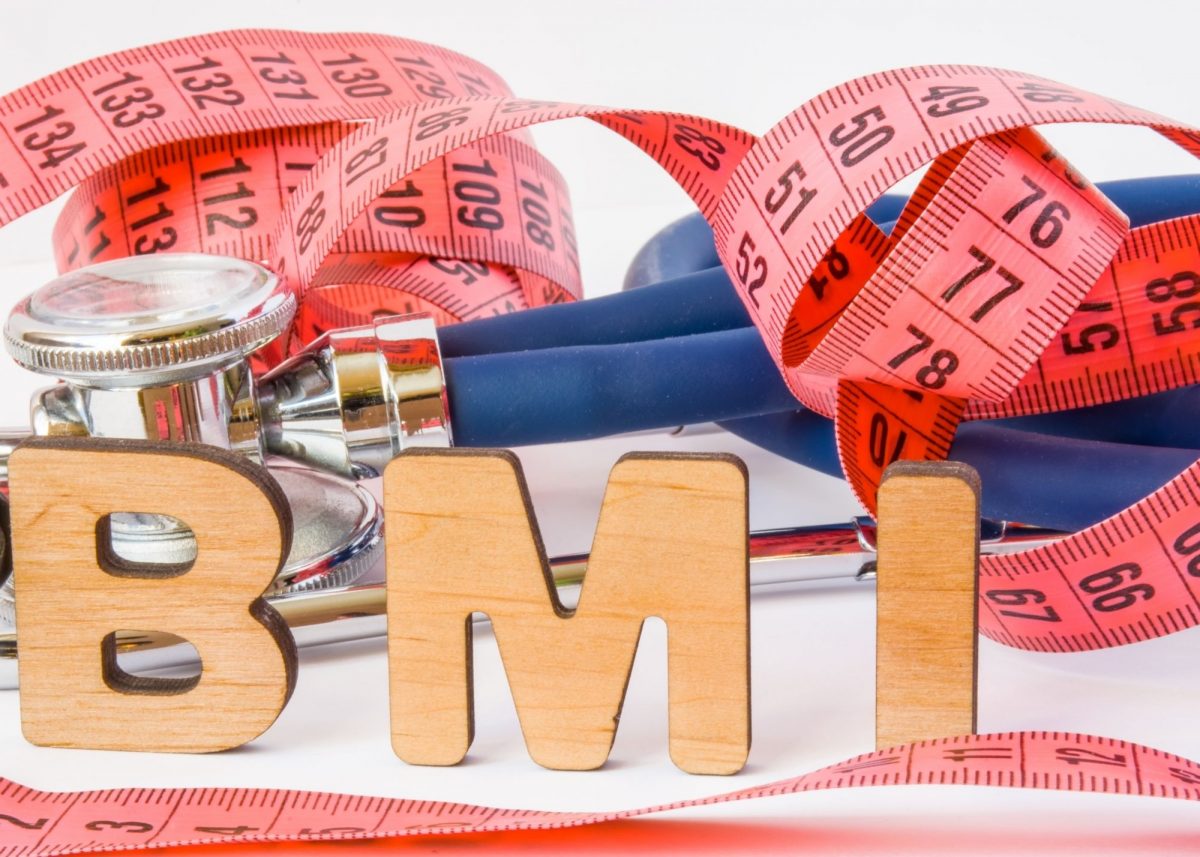
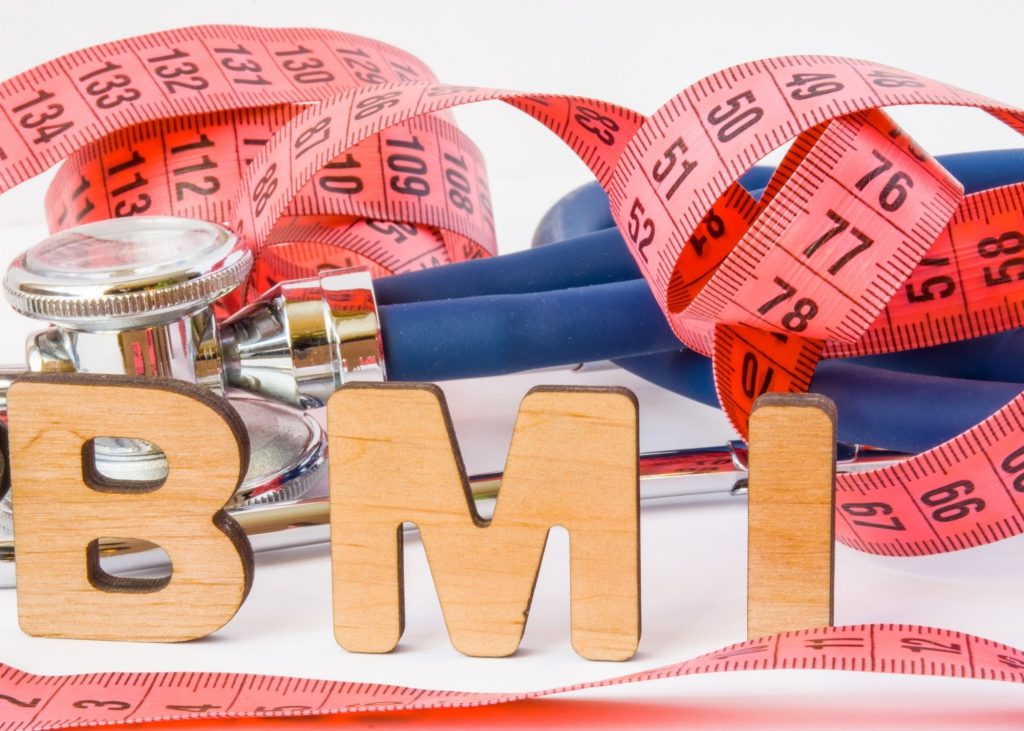
Body mass index or more commonly known as BMI, is one of the most searched terms in health and fitness. But what does it mean and why should you pay attention?
BMI is a measure that health professionals use as a standardized tool to determine if an individual is within a healthy weight range for their height. This measure has been used by health professionals for over 100 years and is widely accepted in classifying whether individuals fall in the underweight, healthy weight, overweight or obese range, and in turn determine the health risks associated with being in the underweight, overweight or obese range.
There are however limitations of this tool, as it does not give an indication of the amount (mass) of fat or lean muscle an individual has and does not take into consideration different body sizes. For example, athletes who use this tool may be categorised as being in the overweight BMI range due to their high muscle mass, even though they have very little body fat. Hence, even though they may have a BMI in the overweight range, they would not be associated with greater health risks.
BMI is calculated by taking an individual’s weight in kilograms and dividing it by their height in meters squared – that is weight (kg) / height (m2).
For example:
An individual with a weight of 67 kg and height of 170 cm (1.70m), would have a BMI of 23.2 kg/m2.
67kg / (1.70m x 1.70m) = 23.2 kg/m2
Alternatively, you can use our online BMI calculator
You have now completed the BMI assessment. You will fall into one of four categories:
While much of the research has focused on individuals in the overweight / obese BMI range, research shows that there are health risks associated with being underweight. Those who are underweight have greater risk of heart or cardiovascular disease, including stroke, heart attack and coronary artery disease, decreased immune function, respiratory disease, digestive disease, fertility issues, cancer and osteoporosis.
Being in the healthy weight range is fantastic and is what we should aim to achieve. Keep going and think about how else you can do to improve or maintain your health. Some goals may include increasing flexibility, improving strength and cardiovascular fitness.
Overweight / obesity refers to the amount of excess body fat, it has become a major health problem in our community due to its association with health risks. The amount of excess fat, as well as where it is distributed around the body is important to take notice of.
There are many health risks associated with being overweight / obese including:
The simple answer is to try to either gain weight or lose weight, depending on where you are on the BMI scale. Being in the underweight or overweight range have both short-term and long-term implications. If you do find yourself outside of the healthy weight range, all is not lost and with consistent effort and the right strategy you can move yourself towards the healthy weight range.
References
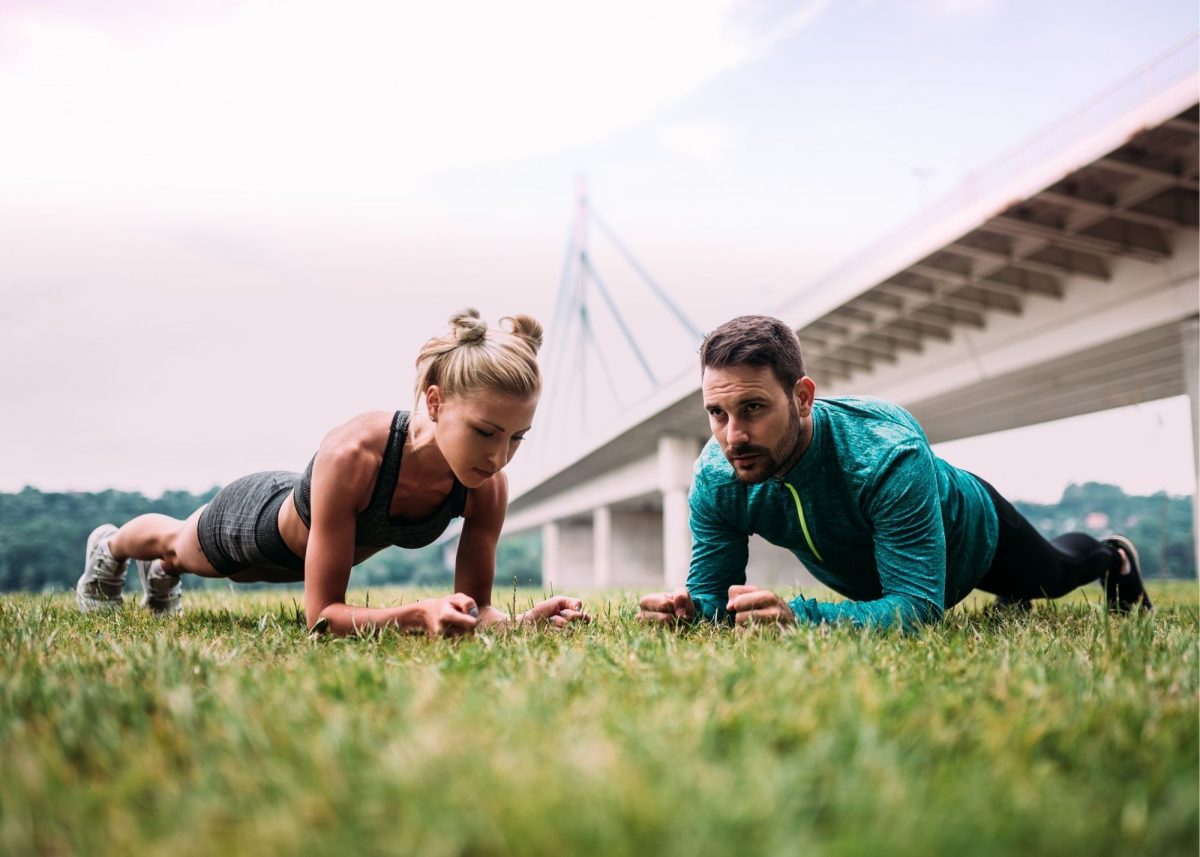

We want to make you as fit and healthy as we can so you start to feel more productive, more efficient and more energetic. The way we do that is by taking a holistic approach to health fitness that takes into account the mind, the body, exercise and nutrition.
The company has experts in medicine, nutrition and physiotherapy and we are combining years of experience to deliver a holistic approach to health and wellbeing.
At our free trial we do some strength and flexibility testing as well as a postural and nutrition analysis to give us a base to work from. At its completion you will receive a personalised program that is accessed through the Tier 1 app that covers strength, mobility and endurance.
If you like what you see and want to make a long-term commitment we will collaborate with you to create an eight-week program that meets your goals and desires but is still enjoyable and fun at the same time.
SESSION
PROGRAM
Receive three individualised programs accessed through the Tier 1 app.
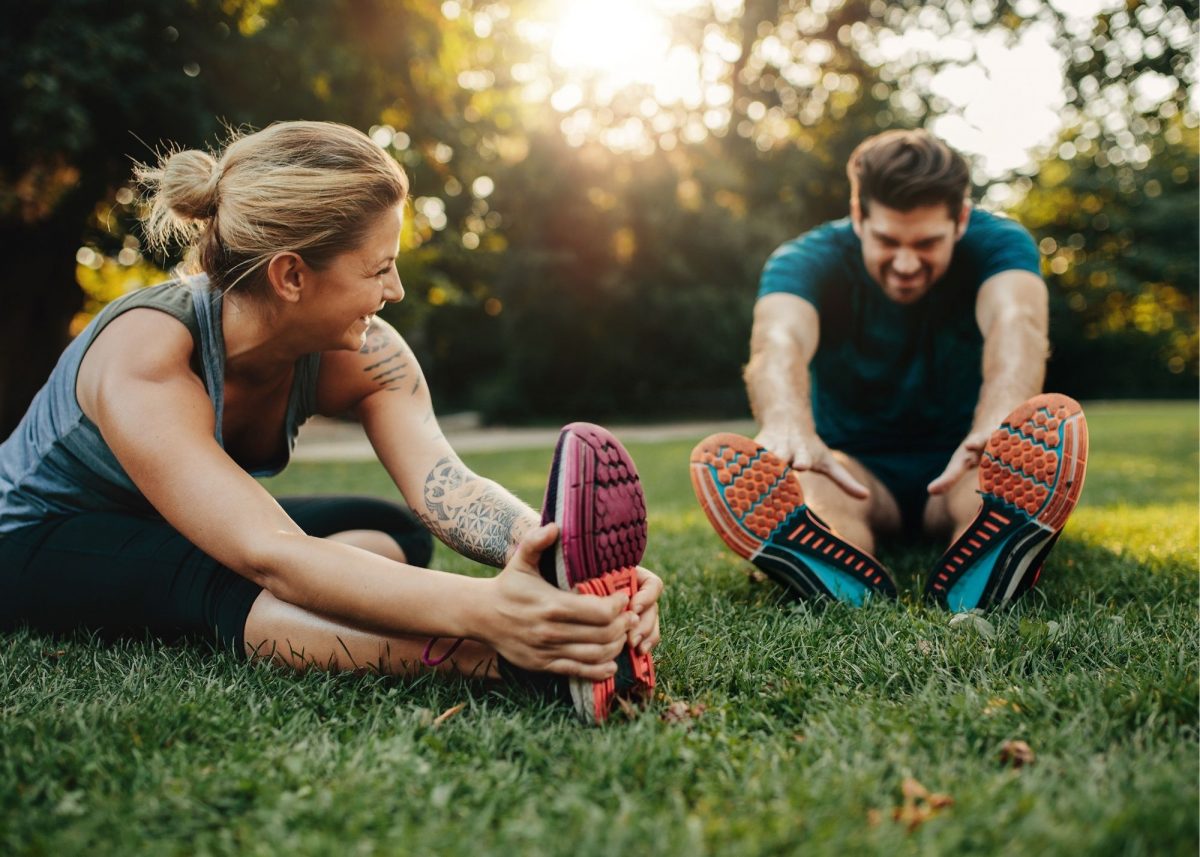
Are you satisfied with your health and fitness? If not, don’t worry. Life’s a journey and we can always improve, but if you feel you have more to give why not try our free health and fitness assessment.
We want to make you as fit and healthy as we can so you start to feel more productive, more efficient and more energetic. The way we do that is by taking a holistic approach to health fitness that takes into account the mind, the body, exercise and nutrition.
At our free health and fitness assessment we do some strength and flexibility testing as well as a postural and nutrition analysis to give us a base to work from. At its completion you will receive a personalised program that is accessed through the Tier 1 app that covers strength, mobility and endurance.
If you like what you see and want to make a long-term commitment we will collaborate with you to create an eight-week program that meets your goals and desires but is still enjoyable and fun at the same time.
SESSION
PROGRAM
Receive three personalised programs accessed through the Tier 1 app
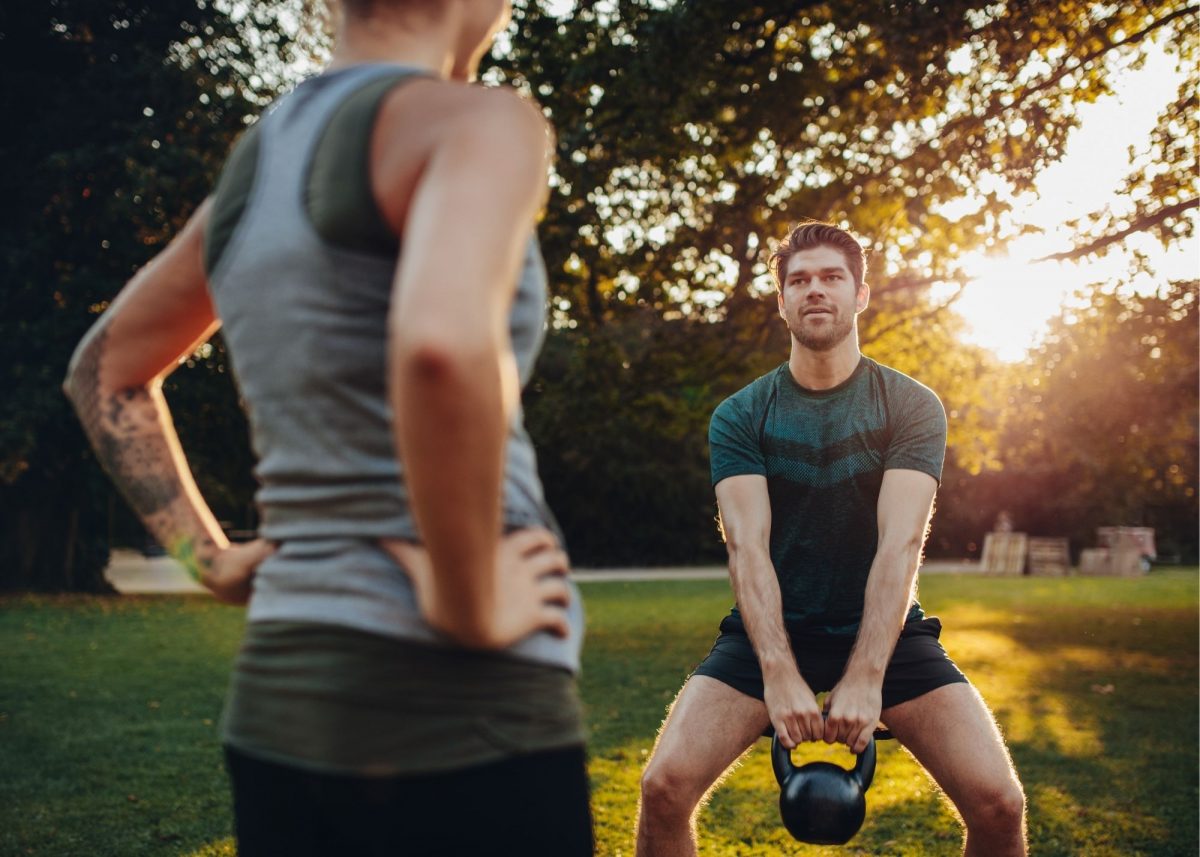
We know you lead a busy life and don’t have time to waste – That’s why we work around you. Tell us when and where and we make it work. Tier 1’s mobile personal training service provides quick and efficient fitness solutions to people of all ages and all levels.
It’s fitness on the go for people who strive to be more productive and more efficient. We complete a fitness assessment; do some strength and flexibility testing as well as movement and postural analysis to give us a base to work from.
Once you decide to make a long-term commitment we will collaborate with you to create an eight-week program that meets your goals and desires but is still enjoyable and fun at the same time. This is a great way to improve your fitness through some structured mobile personal training.
SESSION 1
Goal Setting Baseline testing (BMI, upper and lower body strength, core strength) – Strength Session – repetition based workout on primal movement patterns
SESSION 2
Injury history, strength and flexibility testing – Muscular endurance workout
SESSION 3
Postural Assessment – Boxing fundamentals or Mobility and rehab – learn boxing technique or how to improve mobility and flexibility
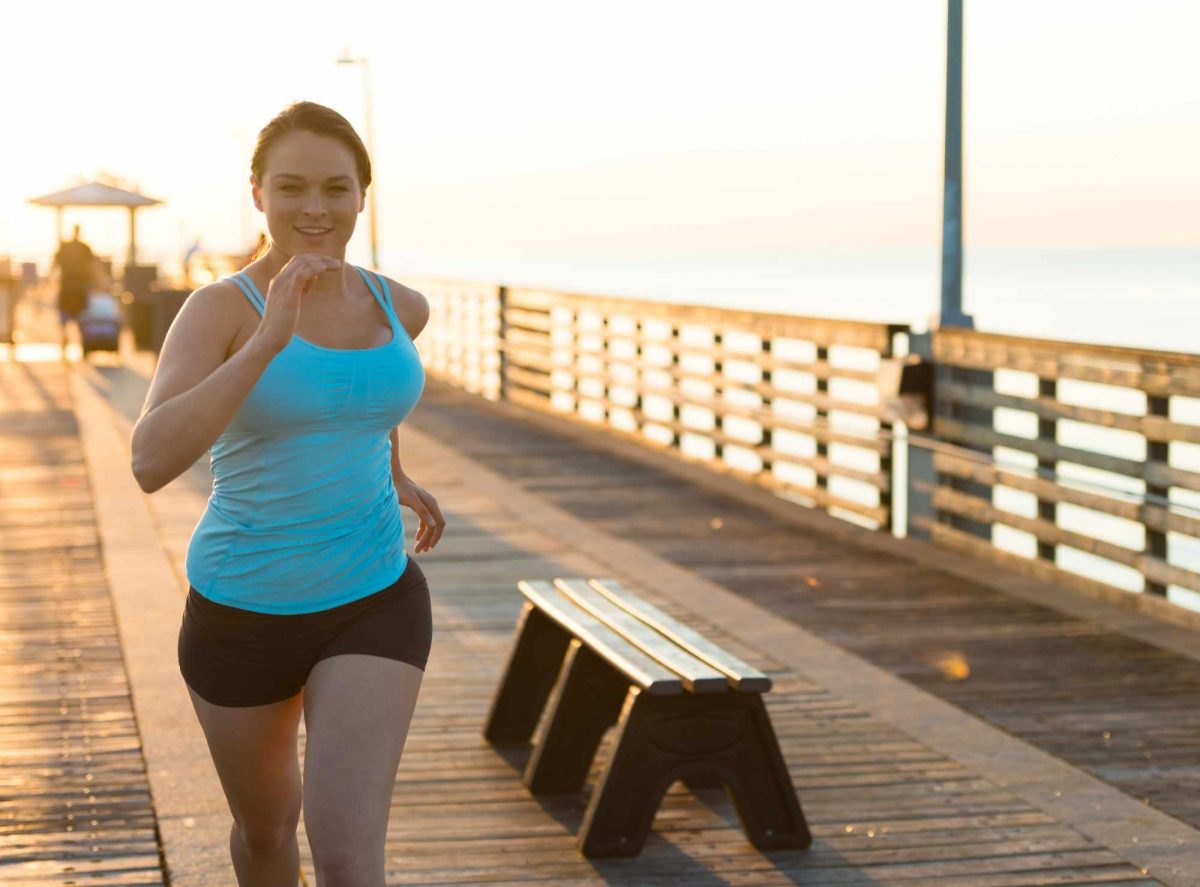
The goal of this program is to have fun and lose weight. We want you to see real results. Let us create a structured workout guide to help you reach your goal and craft a perfect body plan that you can start implementing straight away. We want to help you lose weight but we also want to make this as enjoyable as we can.
In the first three sessions we give you an overview of the program. We listen to your input and take on any suggestions as to how we can optimise your experience as a client. We complete a fitness assessment and then do some strength and flexibility testing to give us a base to work from.
Once you decide to make a long-term commitment we will collaborate with you to create an eight-week program that meets your goals and desires but still enables you to have fun and lose weight.
SESSION 1
Goal Setting Baseline testing (BMI, upper and lower body strength, core strength). Strength Session – repetition based workout on primal movement patterns
SESSION 2
Injury history, strength and flexibility testing – Muscular endurance workout
SESSION 3
Postural Assessment – Boxing fundamentals or Mobility and rehab – learn boxing technique or how to improve mobility and flexibility

Start your fitness journey with Tier 1 and get the best advice possible. Tier 1 leaves no stone unturned in our desire to see our clients reach their full potential.
We offer comprehensive fitness solutions to high achievers looking to crystallise their untapped potential. This is a total health makeover to make you more productive, more efficient and more energetic.
You will come out of this with a spring in your step. In the first three sessions we give you an overview of the program and listen to your input as to how we can optimise your experience as a client. We complete a fitness assessment and then do some strength and flexibility testing to give us a base to work from.
Once you decide to make a long-term commitment we will collaborate with you to create an eight-week program that meets your goals and desires but is still enjoyable and fun at the same time.
SESSION 1
Goal Setting Baseline testing (BMI, upper and lower body strength, core strength). Strength Session – repetition based workout on primal movement patterns
SESSION 2
Injury history, strength and flexibility testing – Muscular endurance workout
SESSION 3
Postural Assessment – Boxing fundamentals or Mobility and rehab – learn boxing technique or how to improve mobility and flexibility
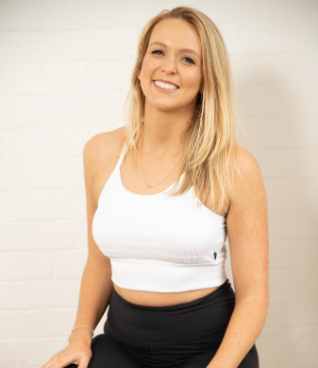
Alex specialises in pre and post natal fitness and has been training pregnant and post partum women for many years. She believes exercise should be fun and works closely to ensure that her training is not only beneficial but also sustainable over the long term.
Alex is an accredited exercise physiologist with over 10 years experience. Her extensive experience includes training over 55’s and individuals with chronic health conditions including heart disease and mental illness. She wants to pass on skills that create a healthier lifestyle over a lifetime.
Fill in and send the form below with regard to your inquires.